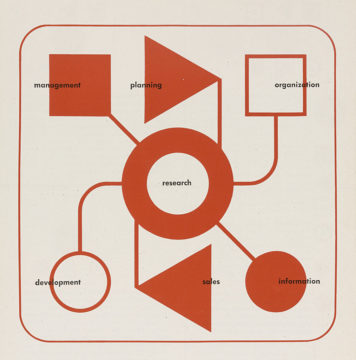 Isabel Estevez in Phenomenal World:
Isabel Estevez in Phenomenal World:
The latest US experiment with industrial policy—comprised primarily by the Inflation Reduction Act (IRA), the CHIPS and Science Act, and the Infrastructure Investment and Jobs Act—has sparked outright opposition and pleas for restraint, but also calls for far more ambitious action.
The divergent responses are representative of the lack of consensus about the nature of the challenges that US industrial policy could or should address. In the broadest sense, industrial policy refers to the deployment of policy tools in order to influence how we create value—what goods (and services) we produce and how we produce them. In economist Ha-Joon Chang’s words, it is a set of “policies aimed at particular industries (and firms as their components) to achieve outcomes that are perceived by the state to be efficient for the economy as a whole.” Mario Cimoli, Giovanni Dosi, and Joseph Stiglitz argue that industrial policies “come together with processes of ‘institutional engineering’ shaping the very nature of the economic actors, the market mechanisms and rules under which they operate, and the boundaries between what is governed by market interactions, and what is not.” These different understandings of industrial policy all recognize the government as a key actor in shaping the world of production in line with a public purpose.
More here.
